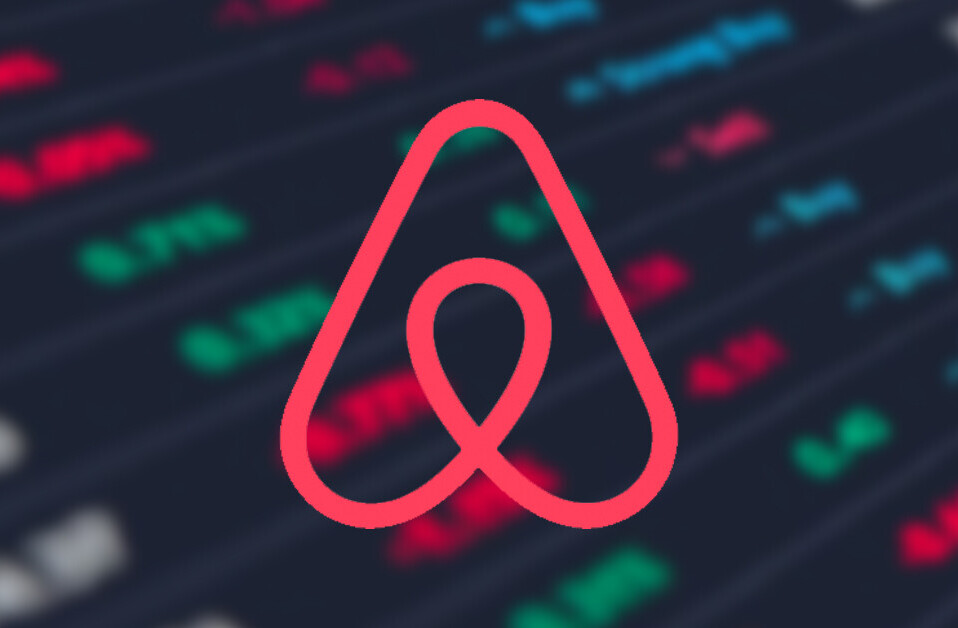
Companies like Zendesk, Box, Dropbox, Atlassian, and Zoom are well-known for successfully building enterprise businesses. Most of them have transitioned from consumer or SMB-focused roots to become serious enterprise players, but each has taken a different path to reaching hundreds of millions of dollars in sales.
People sometimes call these transitions “pivots”— but that’s not exactly accurate. Each company’s journey to the enterprise has followed the natural trajectory of its business, and every journey is different. The enterprise shift is often just the next step on a steady march of monetization.
This was true at SurveyMonkey, too. Our own shift came, in part, when we realized that our use cases were rapidly expanding and not all had equal value. A survey asking 1,000 employees “What flavor ice cream do you want for the company picnic?” and one asking hundreds of thousands of customers “What is the right price for our product?” may both be important, but one is much more valuable in terms of driving business strategy.
The best way to monetize a business is to ensure you’re continually driving customer value. For example, a freemium strategy often works well for driving adoption, gaining share, and reducing friction, but it can also lead companies to pursue a strategy that pursues volume over value.
While it’s great to drive volume, there is a risk of giving away too much value – at which point your company cannot sustain itself or reinvest. At the same time, if you don’t give away enough value, you won’t realize the benefits of rapid adoption.
As more software companies look to follow their natural trajectories upmarket, here are three core considerations to keep in mind:
1. Solve for organizational value and not just user value
We all spend many hours a day interacting with high-quality consumer technology, in both work and play. The rapid prevalence and availability of this technology have both increased its adoption and raised our expectations. When companies move beyond the individual consumer to the broader enterprise, their approach to value must understandably shift with it.
Organizational value encompasses many different use cases and needs, whereas individual user value will just be the one case. For most productivity tools, the value increases as people work together, which is why most products now offer “team” plans, with collaboration and workflow features.
Even better, when an entire organization is using a specific software it creates a network effect where the value increases geometrically, beyond a simple linear equation of total users multiplied by the value of a single license.
When moving upmarket, it is important to understand how your product might be valuable beyond specific team applications. Bringing a product to the entire organization may unlock a much wider range of organizational value.
As much as companies pursue organizational value as they race upmarket though, it’s critical to continue delivering individual user value. Providing greater value through advanced organizational features is good, but if leaders lose sight of the user value that brought them upmarket in the first place, then the organizational value won’t matter.
2. Build features for the future, not just for today
If a potential customer is going to take a chance on a challenger brand, they have to believe there are outsized gains that make the risks worthwhile. They’re going to want to see how your long-term vision will yield 10x improvement or 10x effectiveness. To create that kind of value, you’ll have to be building not just what they need today, but what they’ll need tomorrow.
Let’s take Box, for example—a company that was doing great with consumers (a few million users within months of launching) as internet access soared and the costs of online storage plummeted in the mid-2000s. But Aaron Levie realized that as the company grew, he would need to turn his attention to the enterprise to achieve the kind of exponential growth he envisioned.
Leading the charge early on for the consumerization of enterprise tech, the cloud storage space was ripe for a simple, easy-to-use product. Box recognized the future needs and desires for more consumer-friendly functionality combined with enterprise-grade security, and the company was able to capitalize on that unique offering to sell into larger and larger organizations.
To move upmarket in a sustainable way, you’ll need to have an informed, forward-thinking point of view on where the market is headed and how your solution fits within it. Levie saw that ease of use had people flocking to Box, but his real genius was in foreseeing the need to marry that simplicity with the rigorous infrastructure required by big companies.
When building new features, it’s also important to create and emphasize stickiness. Connecting your systems to other valuable platforms will enable you to weave your software into the fabric of the enterprise, which can include identity data integration (like single sign-on and permissions software) or integration across collaboration platforms (like Slack or Microsoft Teams).
This has the added value of promoting retention, because more use cases are always better, particularly when they support organizational value.
3. Ensure you have the right business model
If you looked at a company like ours, where half the usage on our platform is free, the logical thing to do is segment the business model to the value that gets delivered. Instead of continuing with a one-size-fits-all approach, we started to identify the true value-drivers for our customers so we could monetize around them.
Of course, finding the right pricing model for a software company involves considering a lot of options: user-based, by seat, subscription billing vs. month-to-month, tiered-model vs. a single-pricing level, etc.
Like many SaaS companies, SurveyMonkey has a good/better/best pricing plan that includes different features in each, along with a limited freemium option. That model provides simple, easy-to-understand options for customers.
Even so, it can be tricky for our customers to take into account all of the different kinds of surveys they might conduct, as illustrated by the ice cream flavor to strategic pricing decision spectrum. We made this tradeoff because the data pointed us in this direction.
The choice of a pricing model might be the most important decision a company makes as it is shifting to greater monetization and a move upmarket. The right model will appeal to customers and the wrong model is very painful to change. Make sure you have a mountain of evidence to validate your pricing hypothesis, whatever it may be.
Using NPS scores and CX surveys will help companies gauge the impact of their shift upmarket on customer loyalty and satisfaction. Likewise, active listening to gather customer feedback will ensure that you continue to meet the needs of each customer segment. That data can help you balance strategic goals and gauge the effectiveness and pacing of your transition while staying close to your customers.
Overall, the road to selling upmarket doesn’t have to be a bumpy one. With a laser focus on establishing organizational value, providing future-proof features with the right business model, and utilizing CX tools, a much smoother journey is possible.
Get the TNW newsletter
Get the most important tech news in your inbox each week.





